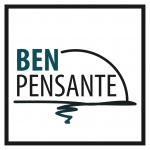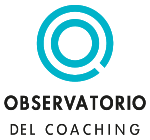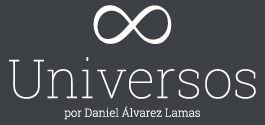Taking CDF into the lower left and right wilber quadrants in work with groups 3/3
Based on a recent IDM Teleseminar (December 4, 2013), I understand Rainer’s approach in working with knowledge networks (like Art of Hosting) and communal and national governments in a similar way, focused on de-fixation of one’s developmental stance, “to get people out of their normal preferences” and train of thought. He sees the CDF-based interlocutor as somebody who has the freedom “to ask the questions that are normally not asked,” that is, the questions representing what is absent for his clients.
Inviting people to construct their work in front of him – which is what at IDM we school people in by teaching them structured interviewing – Rainer asks clients from a more social-emotional perspective, of meaning making, how they would work if they had greater awareness of what actually makes sense and meaning to them in their daily engagement with their work. Seeing this way of questioning as a “prosthetic”, Rainer leads people to the realization of what initially called them to the work they do, as at IDM we do in the “Self House” of the cognitive interview. In this way Rainer develops new strategies with his clients, helps team to work better together, “or simply to find that common meaning that really makes sense for them.”
For Rainer, the biggest absence for many working people is the “absence of sense” (of their work). Noting what people do not speak about when they are in dialog with him, Rainer focuses on the absences in client’s thinking. These absences often concern social-emotional stances (like “I am not in charge here …”), blind-spots, that, I think, come close to what Brendan would encounter in a socio-drama dialog (and would refer to as provoking the socio-dramatist to develop a CDF-based social-emotional or cognitive “interlocutor”).
What Rainer calls “pro-active listening” follows the rule of not derailing the client’s train of thought directly (through openly challenging him or her) but rather indirectly. In a related way, Rainer uses his awareness of what is absent from a group’s thinking based on a highly developed social-emotional awareness of group members’ need to remain and operate as part of a group (which contributes to the sense their work has for them). Inviting them to connect to their own center, Rainer works to help groups “to craft their own future”, by crafting their own questions that can help clients to go beyond their belonging-needs and move away from their own social-emotional fixations.
***
Having now pointed out relationships of difference and similarity between three group-oriented practitioners of CDF, I would like to suggest that the challenge of curriculum design at IDM today is that of moving away from the narrow “interviewing/text analysis” focus developed for assessment and evidence based coaching, and to systematize for pedagogical purposes what the consultant and the socio-dramatist do to help clients move away from their social-emotional stances and cognitive trains of thought.
In my view, the success of such a curriculum design hinges on a higher awareness than brought into play so far, of what is the kind of emancipation people in their internal workplace are yearning for but don’t have the realization tools for. Keeping in mind Jan’s dictum that “we can only be wise together”, designing a new IDM curriculum would have to deepen the work done in IDM cohorts in the direction of creating learning environments in which students themselves define what they need to be emancipated from constraints in their professional or private life. This in itself would give enhanced meaning to what the Constructive Developmental Framework pedagogically has to offer.
It seems to me that the best way of succeeding on this new path is for CDF-practitioners themselves to take up teaching, or at least interact with, and support, the bringing into existence a new group-work oriented curriculum in which the fruits of their own uses of CDF in the real world can enhance the new culture of instruction now needed. It seems to me that 2014 is going to be the year in which this venture should be accepted as a priority by the IDM community, in collaboration with the Director of Education.
In conclusion, I am taking the liberty of quoting Brendan’s design of the steps needed to make such a curriculum a reality, based on his central interest of integral socio-drama. In his view, while the training curriculum exists at IDM, what is missing for socio-drama, corporate and other kinds of consulting (Beratung) and even coaching are training standards and train-the-trainer courses. His goal is to accredit the first 100 CDF practitioners in 2015, a goal worthy of considertion.
|
Community Bridge |
| Integral Socio-drama |
Design Training Standards
Design Training Curriculum
Design Train the Trainer
Courses
2018: Accredit first
100 Practitioners
Run 400 Intensive 4 days workshops per year around the world





